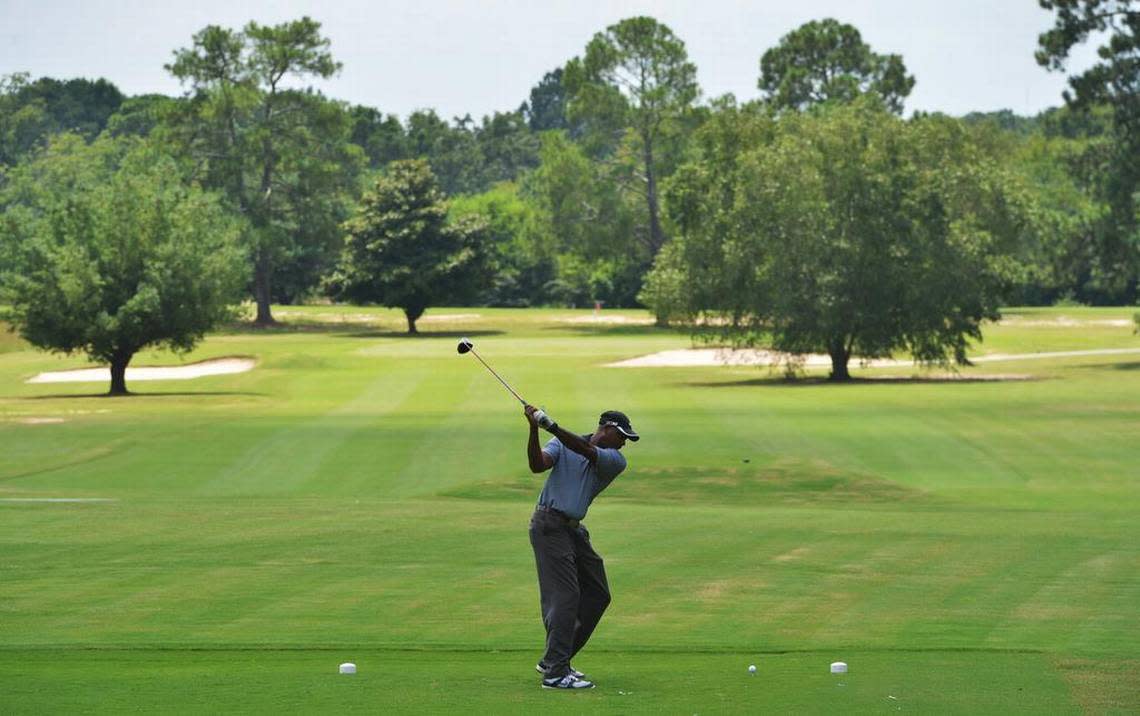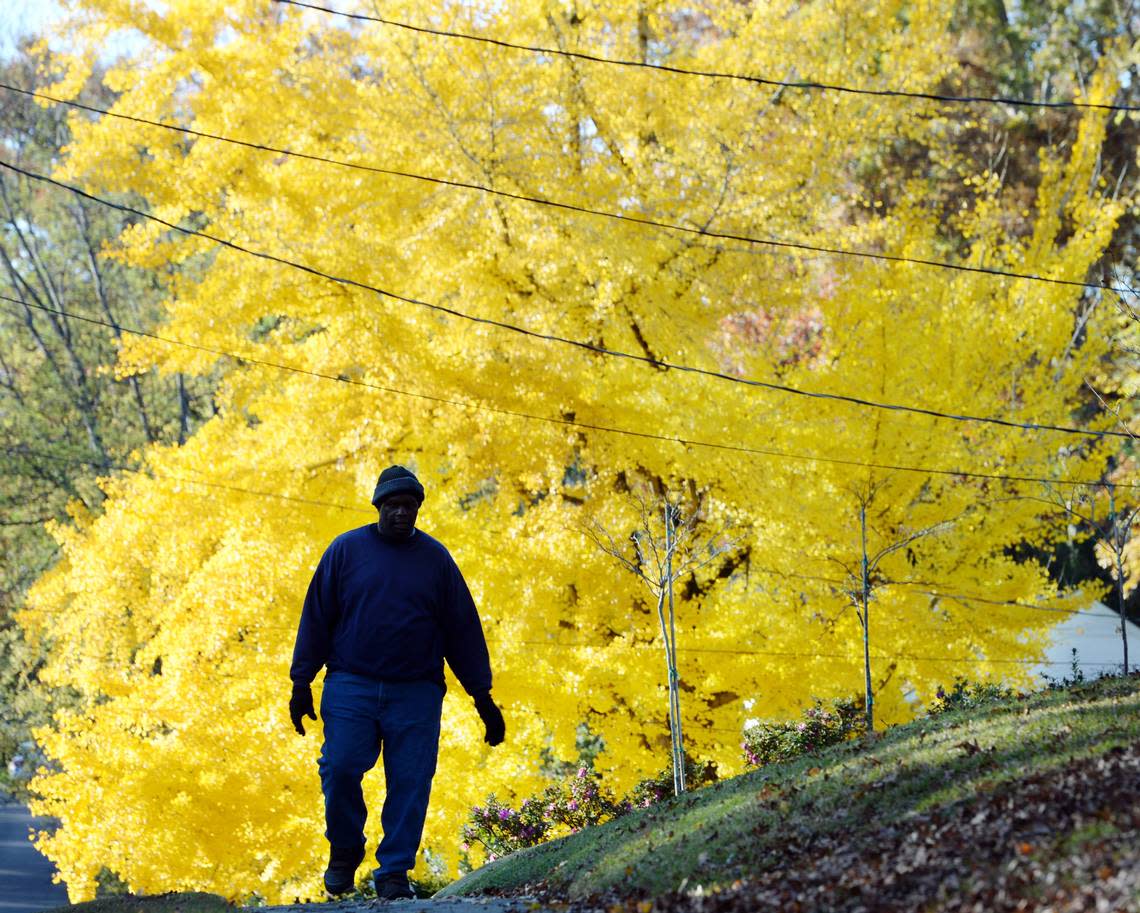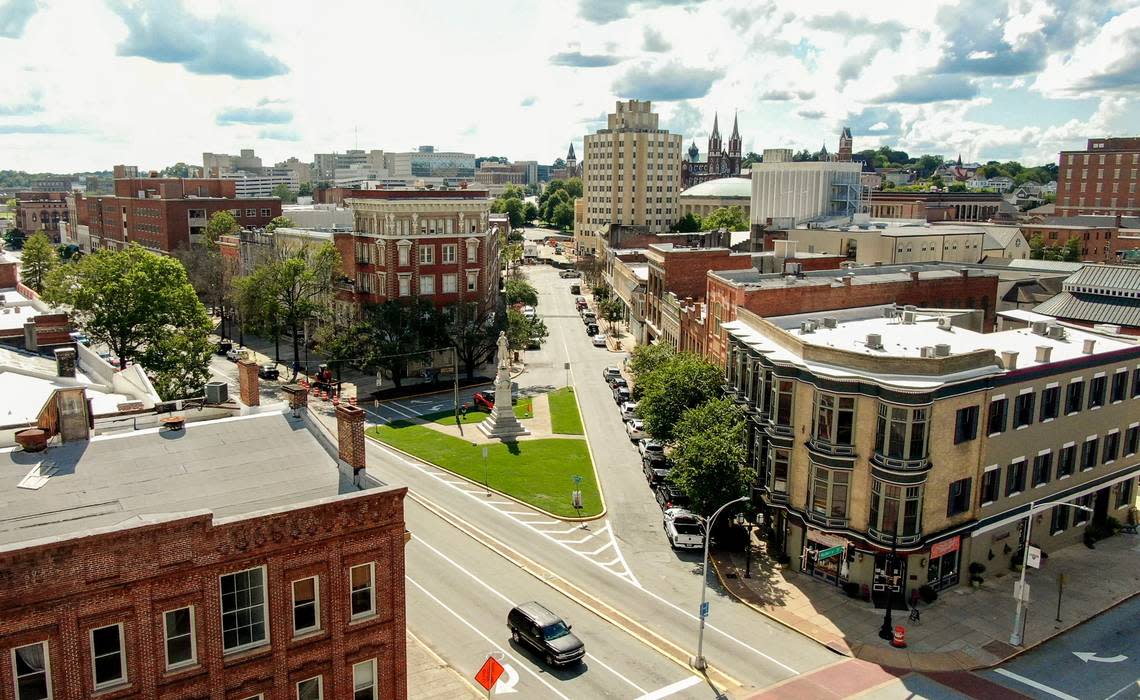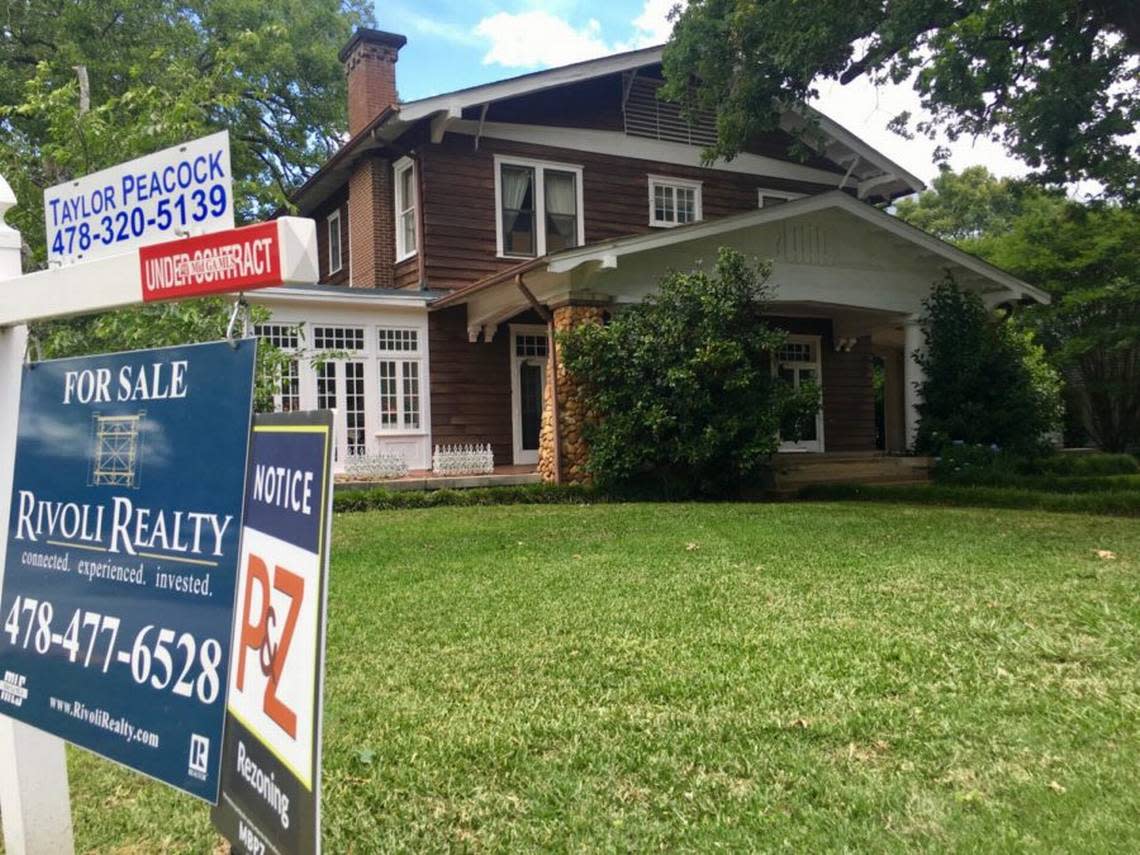Macon’s historic districts date back to the early 1800s. Here’s what makes each special.
Time to brush up on some Macon history, or historical districts, that is.
Macon is home to some of the oldest and most beautiful historic buildings, some even dating back to the early 1820s.
From Craftsman or Queen Anne style homes to lush golf courses and influential black history, Macon really has it all.
Here’s a look into the districts and the richness they bring to the community:
Bowden Golf Course

What: Macon’s first golf course; 250 acre, 18-hole historic golf course
Where: 3111 Millerfield Road and is still open to the public
Why it’s special:
The land was originally Miller Field, the only airfield in the state outside of Atlanta in the late 1920s.
At the time, the land was controlled by boxer W.L. (Young) Stribling and in 1931, Amelia Earhart spent the night on Miller Field.
1961 was a momentous year for the property, as the course finally became integrated so that African Americans could play. The tournament that was played that year was called “The New Era” and is still played in recent years.
Cherokee Brick
What: Approximately 4,000 acres; a brickmaking company dating back to 1877
Where: 250 Waterville Road
Why it’s special:
The two kilns on site can produce over 100,000 bricks per day, bringing the yearly total to over 130 million
The site also has rail lines, rail cars and nine prehistoric sites dating back to as early as 8,000 BC
Cherokee Heights
What: One of the first planned residential communities in Macon; 1909-1923, approximately 67 acres
Where: Bounded by Pio Nono Avenue, Napier Avenue, Inverness Avenue and Suwanee Avenue
Why it’s special:
This area was developed by the Vineville Improvement Company and is the first suburban area in the city
Home styles include Georgian Revival, English Tudor, Spanish Mission and Craftsman/Bungalow
East Macon
What: Residential, commercial and educational development district
Why it’s special:
Architectural styles include: Italianate, Folk Victorian, Neoclassical Revival and Craftsman dating back to the 1920s
Fort Hill
What: A 140-acre historic area featuring architecture and community planning from 1870 to 1941
Where: Bounded by Emery Highway, Second Street Extension, Mitchell, Morrow and Schaeffer Place
Why it’s special:
Fort Hill contains beautiful historic buildings, including a church, old corner stores and two schools dating back to the 1930s.
Styles include: Queen Anne, Folk Victorian, Craftsman, and English Vernacular Revival
Ingleside

What: A suburban neighborhood located about 15 minutes from downtown Macon
Where: Vineville Avenue, Forest Hill Road, Overlook Road and Pierce Avenue
Why it’s special:
This area has been called “Macon’s Most Beautiful Suburb” and dates back to 1917
Architects such as Ellamae Ellis League, William F. Oliphant, J. Neel Reid and W. Elliott Dunwody all designed buildings in this area
Macon Historic District

What: The Macon area, which began development in the early 1820s; the area includes residential, educational and commercial buildings.
Where: Walnut, Broadway, Oglethorpe, Central of Georgia Railroad, Edgewood, Interstate 75, and Madison Avenue; an interactive map is available
Why it’s special:
The district represents the core of Macon and its original town plan developed in 1823
The area is home to Terminal Station; the former railroad station is now used as a venue for weddings, receptions and other parties
Styles include: Folk Victorian, Queen Anne, Italianate, Neoclassical Revival, Bungalow/Craftsman, Classical Revival, Colonial Revival, Greek Revival, Commercial Style, Tudor Revival, Italian Renaissance, Late Gothic Revival, Romanesque, Skyscraper, Moderne, Art Deco, Gothic, and Beaux Arts
North Highlands
What: Residential, business and school area, developed in 1898-1936; approximately 130 acres
Where: Nottingham Drive, Boulevard and Clinton Road
Why it’s special:
The land began as a farming and plantation area, but was later made into a suburb
The area is known for its various styles of architecture, which include Craftsman bungalows, ranch style homes and Greek Revival buildings
Pleasant Hill
What: Historic Black community
Where: Madison Street, north of Vineville Avenue, east of Rogers Avenue, south of Neal Avenue
Why it’s special:
It was the first African American neighborhood in Macon, developed from the 1870s to 1930s
Residents who lived in the area contributed to the Macon community by being property owners, doctors, dentists, educators, attorneys, business owners, grocers, and ministers
Property styles include: Queen Anne, Neoclassical and Craftsman cottages
Railroad Industrial District
What: Commercial and industrial district; dates back to 1895
Where: Broadway, 5th, 6th and 7th Streets
Why it’s special:
Although the other districts represent Macon’s residential areas, this area is rich in economic significance
Businesses such as Dixie Works, Adams Brothers Wholesale Grocery, The Macon Cabinet Company and The Atlantic Compress Company helped make this area thrive.
Shirley Hills
What: Area developed in 1922; significant because of its residential architecture and landscape style. The area is approximately 300 acres.
Where: Nottingham Drive, Curry Drive, Parkview Drive, Jackson Spring Road, Oakcliff Road, Jaques Road, Twin Pines Drive and Jackson Spring Park
Why it’s special:
Some land was owned by A.O. Bacon, a Georgia legislator and United States Senator
The area is in great condition, with a peaceful, open and natural feel
Styles include: early 20th century Classic Revival, bungalows, Tudor Revival, Mediterranean
Tindall Heights
What: This area was developed around 1870 and is approximately 400 acres.
Where: Oglethorpe, Broadway, Eisenhower Parkway, Felton, and Nussbaum Streets and the railroad
Why it’s special:
The area was home to white middle class residents and has housing for workers; there are also stores, churches and a school
It has one of the largest and most original urban Georgia house collections
It has a wide range of styles, including: Queen Anne, Craftsman, Italianate, Classic Revival, Bungalow, Romanesque, Colonial Revival and Folk Victorian styles
Vineville

What: This is a residential area developed in 1830; it is approximately 525 acres.
Where: Pierce Avenue, Hines Terrace, Cleveland Avenue, Buford Place and Rogers Avenue
Why it’s special:
Residents included Reverend G.F. Pierce, the first president of Macon’s Wesleyan College; George M. Logan, mayor of Macon in 1839; and Thomas Hardeman (1850) who created the stars and stripes on the Georgia state flag
Architectural styles featured: Classic Revival, Queen Anne, Craftsman/Bungalows, Plantation Plain, Victorian, Neoclassical, Spanish Villa, English Tudor, Italian Renaissance, Federal Georgian and Jacobean
For more information about Macon’s historic districts and their background, visit the Historic Macon website.
